This article was originally published in Psychology Today on Dr. Alan Castel’s blog, Metacognition and the Mind Thinking about thinking – and how we come to know what we know.
Written by Adam B. Blake, Ph.D. and Alan D. Castel, Ph.D.
We are very good at remembering the things that we see. We can recognize familiar faces, we can talk about the things we have seen, we return to places we liked, and we avoid places we did not. If you see something many times, over and over again, you should stand a pretty good chance of remembering it, right?
Perhaps not.
Consider an object that many people handle on a daily basis, the U.S. penny[1]. Though it is a common object, most people find it hard to explicitly describe all of its features or to pick out the correct representation of it among cleverly drawn alternatives with the features changed or moved (try it out with this demo).
Perhaps we forget the features of pennies because they are so small. Would our memory improve with highly visible objects? A recent study at UCLA tested people’s memory for the location of fire extinguishers.[2] Fire extinguishers are bright red and placed in highly visible locations, yet people in the study were not very good at remembering where the nearest one was, even though they often remembered the fact that they had seen it (often many times, and for some people, for more than 25 years). The researchers determined that seeing is not always the same as noticing.
Would we remember an object better if we physically interacted with it daily?
Not necessarily. Even interacting with objects does not ensure noticing and remembering them. For instance, without looking can you describe the features and spatial layout of the keys that surround the “T” key on your computer keyboard? Many people have trouble doing this very well. According to researchers at Vanderbilt and Kobe universities, even skilled typists had trouble giving explicit descriptions of the QWERTY keyboard.[3]
What might cause this poor memory of things that are highly available, very noticeable, or with which we frequently interact? Before going any further, try this short, fun demonstration—don’t worry, it will take less than a minute, and you can test yourself.
If you went to the site, you might have found yourself struggling to pick out the correct version of an incredibly common design—the Apple logo. Logos are specifically designed to be memorable and to convey certain qualities and values about a company. The Apple logo is among the most recognizable in the world. It has a simple set of features, following a minimalist design that evokes a stylish sense of ease. Though it is very simple and highly available, a very recent study at UCLA shows that people are not very good at elaborating and recalling the specific features of the logo (by drawing it).[4] And people had trouble identifying the correct logo from a set of alternatives.
We see the Apple logo all the time, but do we notice it? When we see things very often, we may reach what can be called attentional saturation. Through constantly seeing and attending to the same thing over and over again, our brains may learn that it is unimportant to remember specific details. This same principle can be applied to pennies, fire extinguishers, and keyboards. When we first encounter one of these things, we might have a very distinct representation of it in our memories. But with continued use, that distinct memory may blend with other experiences with the object to the point that we start to only really pay attention to the important characteristics: It helps me pay with exact change, my fingers need to do this to make this word, I need it to put out a fire, or it represents a popular brand (and not a counterfeit).
Strangely, we are largely unaware of this everyday phenomenon. In the study involving the Apple logo, participants were asked prior to drawing the logo how well they would be able to draw it. There was a striking discrepancy between participants’ confidence prior to drawing the logo and how well they performed on the task. After the drawing task, there was a large drop in confidence, suggesting that the act of trying to retrieve the logo from memory was a good method of “updating” ideas of how available that memory was. This type of retrospective judgment of memory is widely-known in the literature to be superior to prospective judgments, and it applies to other types of memory as well.
If you want to really know how well you know something, the best thing you can do is to actually try to use that information in a meaningful way—it will probably be a telling experience.
References
[1] Nickerson, R. S., & Adams, M. J. (1979). Long-term memory for a common object.Cognitive Psychology, 11, 287−307. doi: 10.1016/0010-0285(79)90013-6
[2] Castel, A. D., Vendetti, M., & Holyoak, K. J. (2012). Fire drill: Inattentional blindness and amnesia for the location of fire extinguishers. Attention, Perception,& Psychophysics, 74, 1391−1396. doi: 10.3758/s13414-012-0355-3
[3] Snyder, K. M., Ashitaka, Y., Shimada, H., Ulrich, J. E., & Logan, G. D. (2014). What skilled typists don’t know about the QWERTY keyboard. Attention, Perception,& Psychophysics, 76, 162−171. doi: 10.3758/s13414-013-0548-4
[4] Blake, A. B., Nazarian, M., & Castel, A. D. (in press). The Apple of the mind’s eye: Everyday attention, metamemory, and reconstructive memory for the Apple logo. Quarterly Journal of Experimental Psychology. doi: 10.1080/17470218.2014.1002798


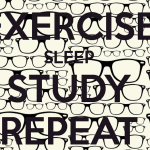



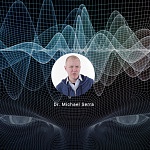



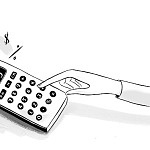


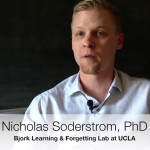








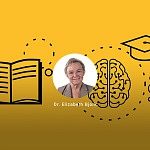

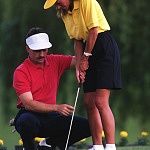
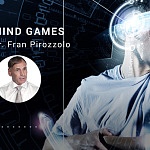



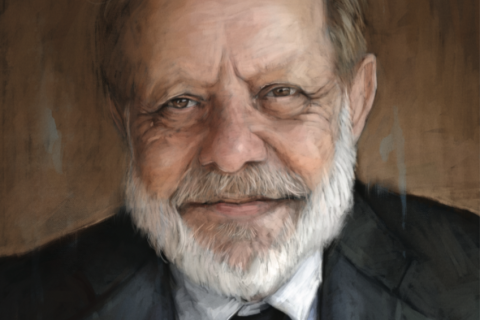


Leave a Reply
You must be logged in to post a comment.